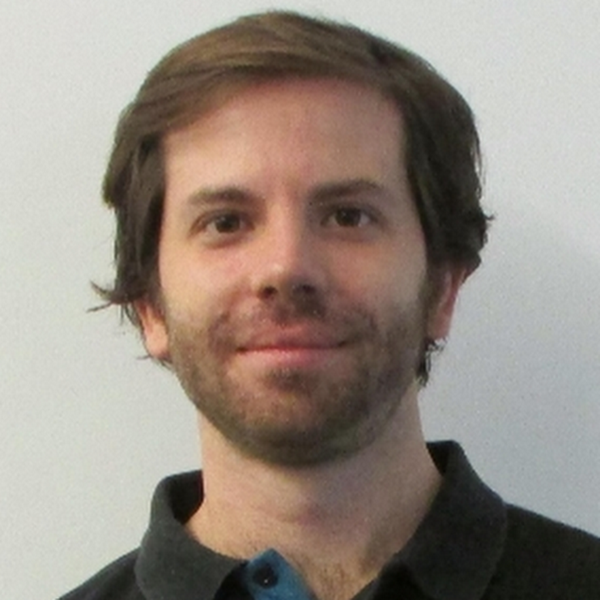
Ignacio Garcia-Dorado
Research Areas
Authored Publications
Sort By
Polyblur: Removing mild blur by polynomial reblurring
Sungjoon Choi
IEEE Transactions on Computational Imaging (2021)
Preview abstract
We present a highly efficient blind image restoration method to remove mild blur in natural images. Contrary to the mainstream, we focus on removing slight blur that is often present damaging image quality and commonly generated by small out-of-focus, lens blur or slight camera motion. The proposed algorithm first estimates image blur and then compensates for it by combining multiple applications of the estimated blur in a principle-based way. In this sense, we present a novel procedure to design the approximate inverse of a filter and make only use of re-applications of the filter itself. To estimate image blur in natural images we introduce a simple yet robust algorithm based on empirical observations about the distribution of the gradient in sharp images. Our experiments show that, in the context of mild blur, the proposed method outperforms traditional and modern blind deconvolution methods and runs in a fraction of time. We finally show that the method can be used to blindly correct blur before applying an out-of-the-shelf deep super-resolution model leading to superior results than other highly complex and computational demanding methods. The proposed method can estimate and remove mild blur on a 12Mp image on a modern mobile phone device in a fraction of a second.
View details
Better Compression with Deep Pre-Editing
Michael Elad
Xiyang Luo
IEEE Transactions on Image Processing (2021)
Preview abstract
Could we compress images via standard codecs while avoiding visible artifacts? The answer is obvious -- this is doable as long as the bit budget is generous enough. What if the allocated bit-rate for compression is insufficient? Then unfortunately, artifacts are a fact of life. Many attempts were made over the years to fight this phenomenon, with various degrees of success. In this work we aim to break the unholy connection between bit-rate and image quality, and propose a way to circumvent compression artifacts by pre-editing the incoming image and modifying its content to fit the given bits. We design this editing operation as a learned convolutional neural network, and formulate an optimization problem for its training. Our loss takes into account a proximity between the original image and the edited one, a bit-budget penalty over the proposed image, and a no-reference image quality measure for forcing the outcome to be visually pleasing. The proposed approach is demonstrated on the popular JPEG compression, showing savings in bits and/or improvements in visual quality, obtained with intricate editing effects.
View details
Image Stylization: From predefined to personalized
Bart Wronski
IET Computer Vision, Computer Vision for the Creative Industries (2020), pp. 14
Preview abstract
We present a framework for interactive design of new image stylizations using a wide range of predefined filter blocks. Both novel and off-the-shelf image filtering and rendering techniques are extended and combined to allow the user to unleash their creativity to intuitively invent, modify, and tune new styles from a given set of filters. In parallel to this manual design, we propose a novel procedural approach that automatically assembles sequences of filters, leading to unique and novel styles. An important aim of our framework is to allow for interactive exploration and design, as well as to enable videos and camera streams to be stylized on the fly. In order to achieve this real-time performance, we use the Best Linear Adaptive Enhancement (BLADE) framework – an interpretable shallow machine learning method that simulates complex filter blocks in real time. Our representative results include over a dozen styles designed using our interactive tool, a set of styles created procedurally, and new filters trained with our BLADE approach.
View details
Handheld Multi-Frame Super-Resolution
Bartlomiej Wronski
Manfred Ernst
Michael Krainin
Marc Levoy
ACM Transactions on Graphics (TOG), 38 (2019), pp. 18
Preview abstract
Compared to DSLR cameras, smartphone cameras have smaller sensors, which limits their spatial resolution; smaller apertures, which limits their light gathering ability; and smaller pixels, which reduces their signal-to noise ratio. The use of color filter arrays (CFAs) requires demosaicing, which further degrades resolution.
In this paper, we supplant the use of traditional demosaicing in single-frame and burst photography pipelines with a multiframe super-resolution algorithm that creates a complete RGB image directly from a burst of CFA raw images. We harness natural hand tremor, typical in handheld photography, to acquire a burst of raw frames with small offsets. These frames are then aligned and merged to form a single image with red, green, and blue values at every pixel site. This approach, which includes no explicit demosaicing step, serves to both increase image resolution and boost signal to noise ratio.
Our algorithm is robust to challenging scene conditions: local motion, occlusion, or scene changes. It runs at 100 milliseconds per 12-megapixel RAW input burst frame on mass-produced mobile phones.
Specifically, the algorithm is the basis of the Super-Res Zoom feature, as well as the default merge method in Night Sight mode (whether zooming or not) on Google's flagship phone.
View details
BLADE: Filter Learning for General Purpose Image Processing
John Isidoro
Sungjoon Choi
Frank Ong
International Conference on Computational Photography (2018)
Preview abstract
The Rapid and Accurate Image Super Resolution (RAISR)
method of Romano, Isidoro, and Milanfar is a computationally efficient image
upscaling method using a trained set of filters. We describe a generalization of
RAISR, which we name Best Linear Adaptive Enhancement (BLADE). This
approach is a trainable edge-adaptive filtering framework that is general, simple,
computationally efficient, and useful for a wide range of image processing
problems. We show applications to denoising, compression artifact removal,
demosaicing, and approximation of anisotropic diffusion equations.
View details
